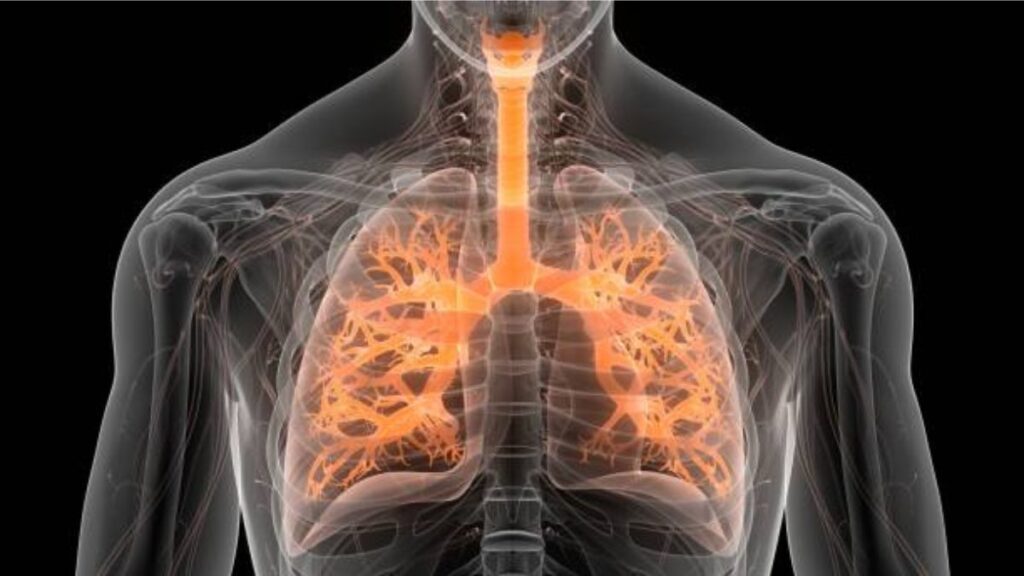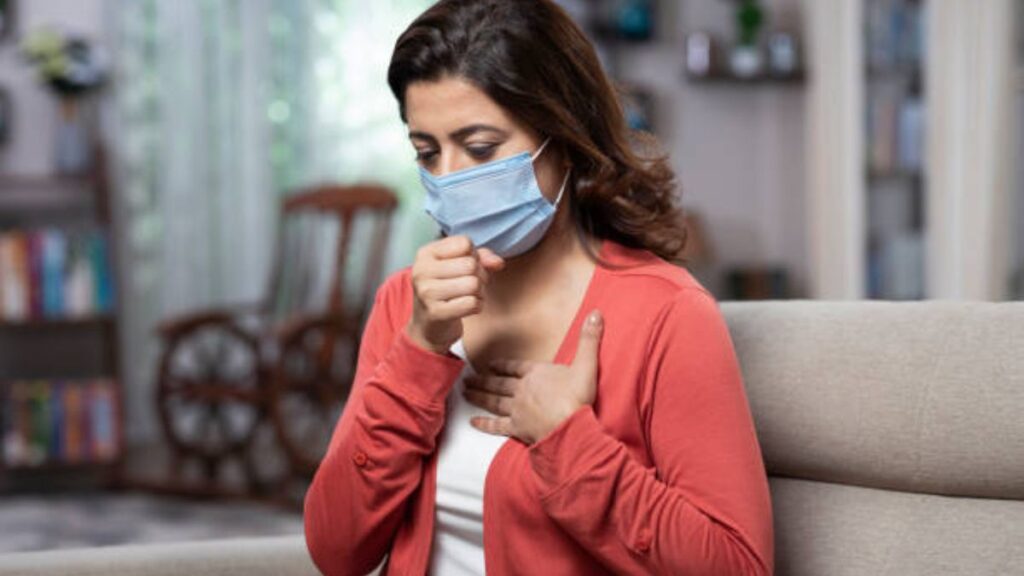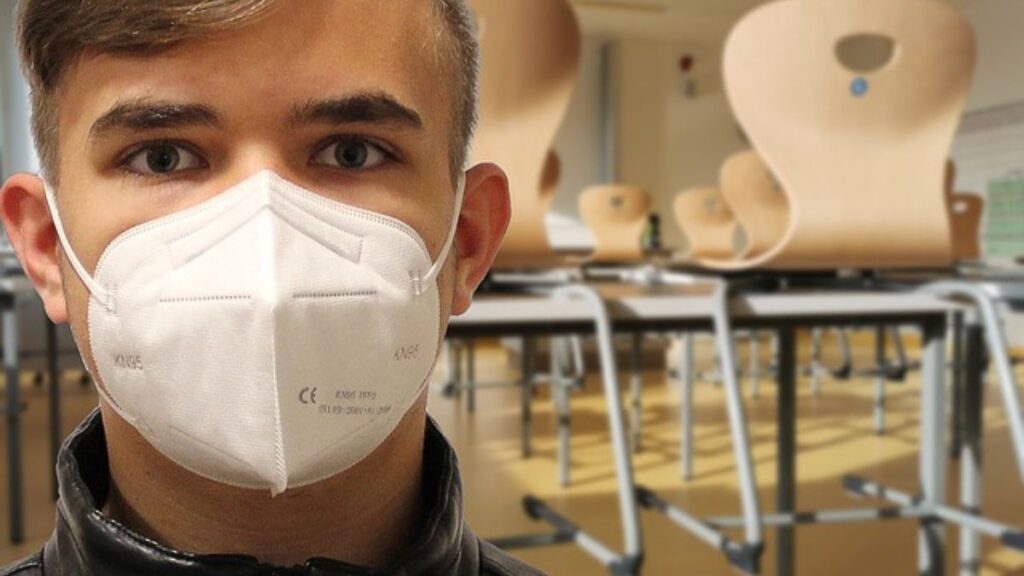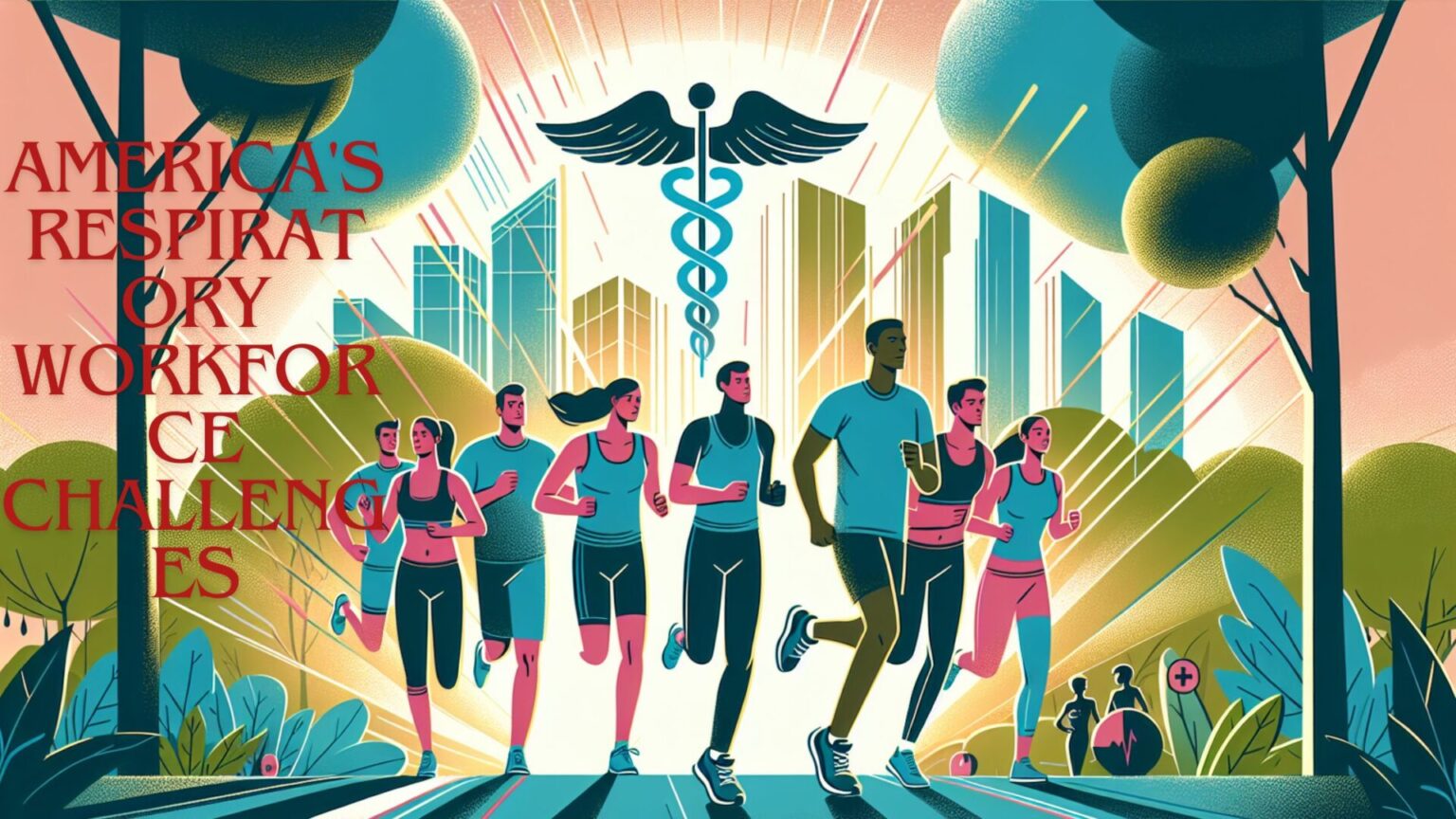Introduction:
Unveiling America’s Respiratory Workforce Challenges: A Closer Look

America’s healthcare workforce faces challenges in safeguarding respiratory health, such as battling airborne pollutants and infectious diseases. This article explores these challenges and their impact on healthcare delivery.
America’s respiratory workforce challenges,
- Understanding America’s respiratory workforce challenges requires a comprehensive grasp of the complex landscape.
- Healthcare providers encounter a wide range of threats to respiratory health, including air pollution, occupational exposures, and infectious diseases.
- The article explores the challenges and delves into the impact of environmental factors, occupational hazards, and systemic issues in respiratory care delivery.
- It concludes with potential solutions, emphasizing the significance of surveillance, research, collaboration, and health literacy.
- Environmental Factors and Respiratory Health:
- Environmental factors play a critical role in shaping respiratory health across America.
- Air pollution from industrial emissions and vehicular traffic contributes to respiratory ailments such as asthma and COPD.
- Climate change complicates the situation, as wildfires and extreme weather events compromise air quality and respiratory well-being.
- Occupational Hazards and Healthcare Workers:
- Frontline healthcare workers face significant occupational hazards that impact their respiratory health.
- Daily exposure to airborne contaminants and infectious agents puts nurses, respiratory therapists, and emergency responders at risk.
- The COVID-19 pandemic exemplified the importance of robust respiratory protection measures and training protocols.
- Healthcare systems grapple with the challenge of safeguarding their workforce amidst persistent shortages of PPE.
- Challenges in Respiratory Care Delivery:
- Systemic challenges in respiratory care delivery impede effective healthcare provision.
- Limited access to specialized care, disparities in healthcare resources, and gaps in education and training contribute to the complexity of the landscape.
- Rural and underserved communities often lack adequate respiratory services, exacerbating health inequities and disparities in respiratory outcomes.
- Addressing the Way Forward:
- Despite the magnitude of America’s respiratory workforce challenges, opportunities for progress exist.
- Enhanced surveillance and data collection can guide targeted interventions and resource allocation.
- Investment in research and innovation holds the promise of advancing respiratory diagnostics, therapeutics, and preventive strategies.
- Strengthening interdisciplinary collaboration and promoting respiratory health literacy empowers communities to mitigate risks and promote respiratory well-being.
What are the occupational hazards faced by healthcare workers in US?
Healthcare workers in the United States face a range of occupational hazards, which can vary depending on their specific roles and work environments. Some of the most common occupational hazards encountered by healthcare workers include:

- Exposure to Infectious Agents: Healthcare workers are at risk of exposure to various infectious diseases, including bloodborne pathogens like HIV and hepatitis B and C, as well as airborne pathogens like tuberculosis (TB) and influenza. This risk is particularly heightened during procedures involving bodily fluids or aerosol-generating activities.
- Chemical and Hazardous Substance Exposure: Healthcare workers may encounter hazardous chemicals and substances in the workplace, such as disinfectants, sterilizing agents, and chemotherapy drugs. Prolonged or repeated exposure to these substances can lead to adverse health effects, including respiratory issues, skin irritation, and cancer.
- Musculoskeletal Injuries: Healthcare workers often perform physically demanding tasks, such as lifting and transferring patients, which can result in musculoskeletal injuries like strains, sprains, and back pain. Improper lifting techniques and ergonomic deficiencies in the workplace contribute to the risk of such injuries.
- Sharps Injuries: Needlestick and sharps injuries pose a significant risk to healthcare workers, particularly those involved in procedures like administering injections, drawing blood, or handling sharp medical instruments. These injuries can lead to transmission of bloodborne pathogens and other infectious diseases.
- Work-Related Stress: The demanding nature of healthcare work, coupled with long hours, high patient volumes, and emotional strain, contributes to work-related stress among healthcare workers. Chronic stress can have adverse effects on mental health and overall well-being.
- Violence and Aggression: Healthcare workers may be exposed to violence and aggression from patients, visitors, or even colleagues, especially in settings like emergency departments, psychiatric units, and long-term care facilities. Such incidents can result in physical injuries, psychological trauma, and decreased job satisfaction.
- Radiation Exposure: Healthcare workers who perform or assist with medical imaging procedures, such as X-rays, CT scans, and fluoroscopy, may be exposed to ionizing radiation. Without proper protective measures, cumulative radiation exposure can increase the risk of cancer and other health problems.
- Respiratory Hazards: Healthcare workers may encounter respiratory hazards such as airborne pathogens, aerosolized medications, surgical smoke, and environmental pollutants. Prolonged exposure to these hazards can lead to respiratory conditions like asthma, chronic bronchitis, and occupational lung diseases.
- Electrical Hazards: Healthcare facilities contain various electrical equipment and systems, posing a risk of electrical hazards such as shocks, burns, and fires. Improper use of electrical devices and inadequate maintenance contribute to the risk of accidents.
- Biological Hazards: In addition to infectious agents, healthcare workers may be exposed to biological hazards such as allergens, toxins, and biohazardous waste. Proper handling, disposal, and containment of biological materials are essential to minimize the risk of exposure.
Overall, addressing these occupational hazards requires a multifaceted approach that includes implementing appropriate safety protocols, providing adequate training and personal protective equipment, promoting ergonomic practices, fostering a culture of safety and well-being, and actively addressing the unique challenges faced by healthcare workers in different settings.
“What advancements in technology and medical practices are helping mitigate respiratory hazards within the US healthcare workforce?”
Several advancements in technology and medical practices have been implemented to mitigate respiratory hazards within the US healthcare workforce. Some notable examples include:
- Respiratory Protective Equipment (RPE): Improved designs and materials for respiratory masks, such as N95 respirators, offer better protection against airborne hazards. These masks are designed to filter out particles, including viruses and bacteria, thereby reducing the risk of respiratory infections among healthcare workers.
- Ventilation Systems: Enhanced ventilation systems in healthcare facilities help to improve indoor air quality and reduce the concentration of respiratory hazards. Proper ventilation reduces the spread of airborne pathogens and contaminants, creating a safer environment for healthcare workers.
- Telemedicine: Telemedicine technologies enable healthcare providers to remotely diagnose and treat patients, reducing the need for in-person consultations. This minimizes exposure to respiratory hazards for both healthcare workers and patients.
- Medical Imaging: Advanced medical imaging techniques, such as computed tomography (CT) scans and magnetic resonance imaging (MRI), allow for non-invasive evaluation of respiratory conditions. Accurate diagnosis through imaging helps healthcare workers to provide appropriate treatment while minimizing exposure to respiratory hazards.
- Personal Protective Equipment (PPE) Monitoring: Emerging technologies, such as wearable sensors and RFID tags, enable real-time monitoring of PPE usage among healthcare workers. This ensures compliance with safety protocols and helps to identify areas for improvement in PPE practices.
- Air Purification Systems: High-efficiency particulate air (HEPA) filters and ultraviolet germicidal irradiation (UVGI) systems are increasingly being used to purify indoor air in healthcare settings. These systems remove airborne contaminants, including respiratory hazards, to maintain a clean and safe environment for healthcare workers.
- Education and Training: Comprehensive training programs on respiratory safety practices and infection control measures are essential for healthcare workers. Continuous education ensures that healthcare professionals are well-equipped to identify and mitigate respiratory hazards effectively.
By leveraging these advancements in technology and medical practices, the US healthcare workforce can better protect against respiratory hazards and ensure the well-being of both healthcare workers and patients.
“How can interdisciplinary collaboration enhance efforts to address respiratory hazards and improve occupational health outcomes for healthcare workers in the United States?”
Interdisciplinary collaboration plays a crucial role in addressing respiratory hazards and improving occupational health outcomes for healthcare workers in the United States. Here’s how such collaboration can enhance efforts:

- Comprehensive Risk Assessment: Bringing together experts from various disciplines such as medicine, public health, engineering, and environmental science allows for a comprehensive assessment of respiratory hazards in healthcare settings. This collaborative approach helps identify potential risks, assess their impact on healthcare workers, and develop effective mitigation strategies.
- Development of Multifaceted Interventions: Interdisciplinary teams can develop multifaceted interventions that address respiratory hazards from different angles. For example, a team comprising healthcare professionals, engineers, and industrial hygienists may design interventions involving changes in ventilation systems, implementation of engineering controls, and education on proper PPE usage.
- Innovation and Technology Integration: Collaboration between healthcare workers, researchers, and technology experts can drive innovation in respiratory hazard mitigation. For instance, engineers and biomedical researchers can work together to develop advanced respiratory protective equipment or sensor-based monitoring systems to detect airborne contaminants in real-time.
- Policy Development and Implementation: Interdisciplinary collaboration is essential for informing the development and implementation of policies aimed at protecting healthcare workers from respiratory hazards. By bringing together experts in medicine, public health, law, and policy, stakeholders can create evidence-based regulations and guidelines that prioritize occupational health and safety.
- Education and Training Programs: Collaboration between educators, healthcare professionals, and occupational health experts can lead to the development of comprehensive education and training programs. These programs can ensure that healthcare workers receive proper training on respiratory safety practices, infection control measures, and the use of personal protective equipment.
- Data Sharing and Research Collaboration: Interdisciplinary collaboration facilitates the sharing of data and research findings across different fields. This exchange of information enables a better understanding of respiratory hazards and their impact on healthcare workers, leading to the development of more effective interventions and best practices.
- Continuous Monitoring and Evaluation: Collaborative efforts allow for continuous monitoring and evaluation of interventions aimed at mitigating respiratory hazards. By regularly assessing the effectiveness of interventions and adjusting strategies as needed, interdisciplinary teams can ensure ongoing improvement in occupational health outcomes for healthcare workers.
In summary, interdisciplinary collaboration brings together diverse expertise and perspectives to address respiratory hazards comprehensively, leading to better protection and improved occupational health outcomes for healthcare workers in the United States.
Conclusion:
As America’s healthcare workforce confronts the complexities of respiratory health, a proactive and collaborative approach is essential to surmounting the challenges ahead. By embracing innovation, education, and advocacy, stakeholders across the healthcare spectrum can work together to safeguard respiratory health for all Americans. In the face of adversity, the resilience and dedication of healthcare professionals offer hope for a future where respiratory hazards are effectively managed, and respiratory well-being is prioritized.






